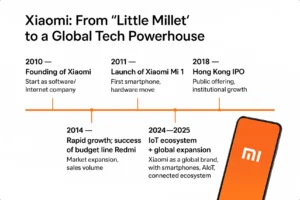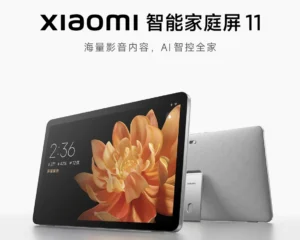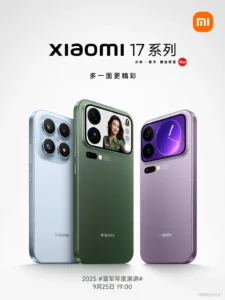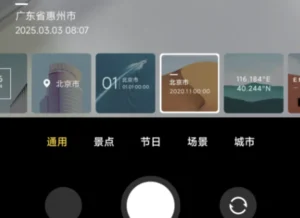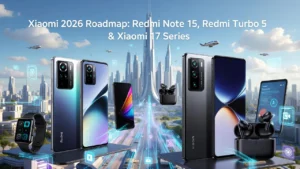Xiaomi’s XRING O1: A Leap Toward Technological Independence Exclusivity in China
Xiaomi has made significant strides in its quest for technological independence with the introduction of its flagship chip, the XRING O1. However, recent news has left global fans disappointed: devices powered by this advanced processor, including the Xiaomi 15S Pro and Xiaomi Pad 7 Ultra, may remain exclusive to the Chinese market for the time being. Additionally, Xiaomi has announced an extension of its strategic partnership with Qualcomm, ensuring that Snapdragon chips will continue to be a key player in the brand’s global offerings. Let’s delve into the details of this situation and its implications for international consumers.
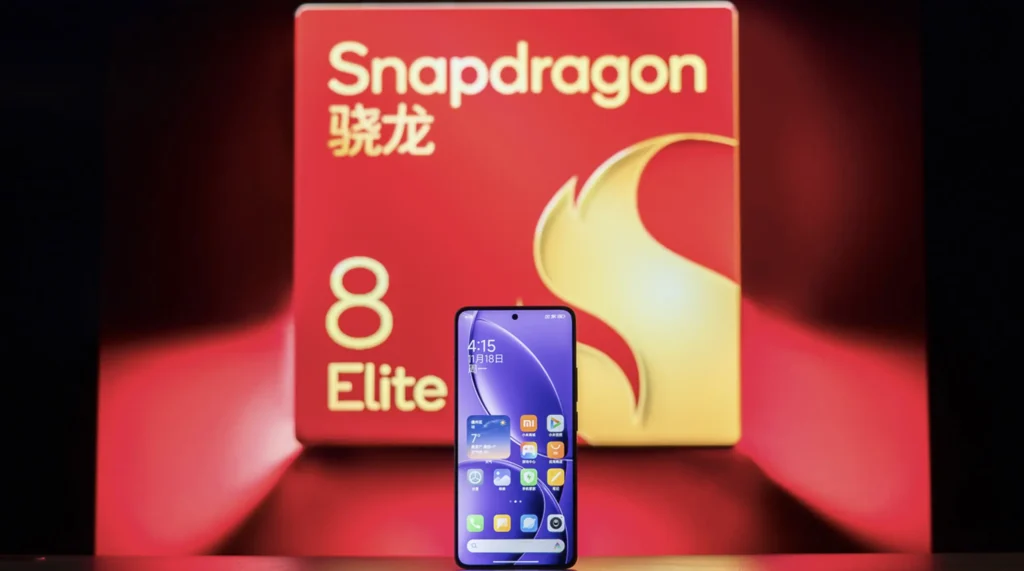
The XRING O1: A Major Technological Milestone
Unveiled on May 22, 2025, during an event in Beijing, the XRING O1 marks a pivotal moment for Xiaomi. This 3-nanometer System-on-Chip (SoC), manufactured by TSMC, boasts a 10-core CPU, a 16-core Immortalis-G925 GPU, and a 6-core NPU, designed to rival heavyweights like Qualcomm’s Snapdragon 8 Elite and Apple’s A18 Pro. Xiaomi claims that the XRING O1 achieves scores exceeding 3 million on AnTuTu, although independent tests indicate a performance roughly 13% below the company’s initial assertions.
Developing the XRING O1 was no small feat. Xiaomi invested approximately 13.5 billion yuan (around $1.87 billion) into this project, led by a team of 2,500 engineers, including a former senior director from Qualcomm. Moreover, the company plans to allocate at least 50 billion yuan for chip design over the next decade, highlighting its ambition to reduce reliance on external suppliers like Qualcomm and MediaTek. This strategic move also addresses geopolitical tensions between the U.S. and China, which have restricted Chinese companies’ access to advanced technologies.
Exclusivity in China: A Letdown for Global Markets
Despite the excitement surrounding the XRING O1, Xiaomi has confirmed to Android Authority that, for now, devices featuring this chip will be available exclusively in China. This means international users eager to experience the new SoC’s capabilities must consider importing, which can lead to challenges like compatibility issues with certain features (such as Android Auto), pre-installed apps tailored for the Chinese market, and limited warranties.
For instance, the Xiaomi 15S Pro, equipped with 16 GB of RAM and 512 GB of storage, retails for approximately 5,499 yuan (around $764). However, importing it could cost as much as $949 through distributors like Giztop. These limitations may deter many consumers outside China, especially given the uncertainty regarding technical support and software optimized for local markets.
| Device Model | Price in China (CNY) | Approx. Price (USD) | Approx. Price (EUR) |
|---|---|---|---|
| Xiaomi 15S Pro | 5,499 | $764 | €710 |
| Xiaomi Pad 7 Ultra | TBD | TBD | TBD |
Strengthening Ties with Qualcomm
Alongside the XRING O1 launch, Xiaomi and Qualcomm announced a multi-year extension of their 15-year collaboration. This agreement guarantees that Snapdragon chips, particularly the 8 series, will continue to power Xiaomi’s premium devices worldwide. Qualcomm confirmed that Xiaomi will be among the first to adopt the next generation of Snapdragon 8 chips, expected to debut later in 2025.
Qualcomm’s president and CEO, Cristiano Amon, emphasized the importance of this partnership, which will not only encompass smartphones but also extend to automotive devices, smart home products, wearables, and augmented/virtual reality (AR/VR) technologies. This collaboration reflects Qualcomm’s confidence that the XRING O1’s launch will not significantly impact its business with Xiaomi, particularly in international markets.
Implications for Xiaomi and Global Consumers
The choice to keep the XRING O1 exclusive to China could be a cautious strategy for Xiaomi, allowing the company to gauge the chip’s performance and reception in a controlled market before a global rollout. However, this exclusivity raises questions about Xiaomi’s ability to compete with giants like Apple, which has successfully integrated its custom chips into global devices, and with Google and Samsung, which have also developed their solutions like Tensor and Exynos.
On the flip side, the reinforced partnership with Qualcomm ensures that Xiaomi can maintain a competitive edge in international markets, where Snapdragon chips are widely recognized for their performance and reliability. This could be a smart move to balance internal innovation with the stability offered by an established partner, especially amid geopolitical uncertainties.
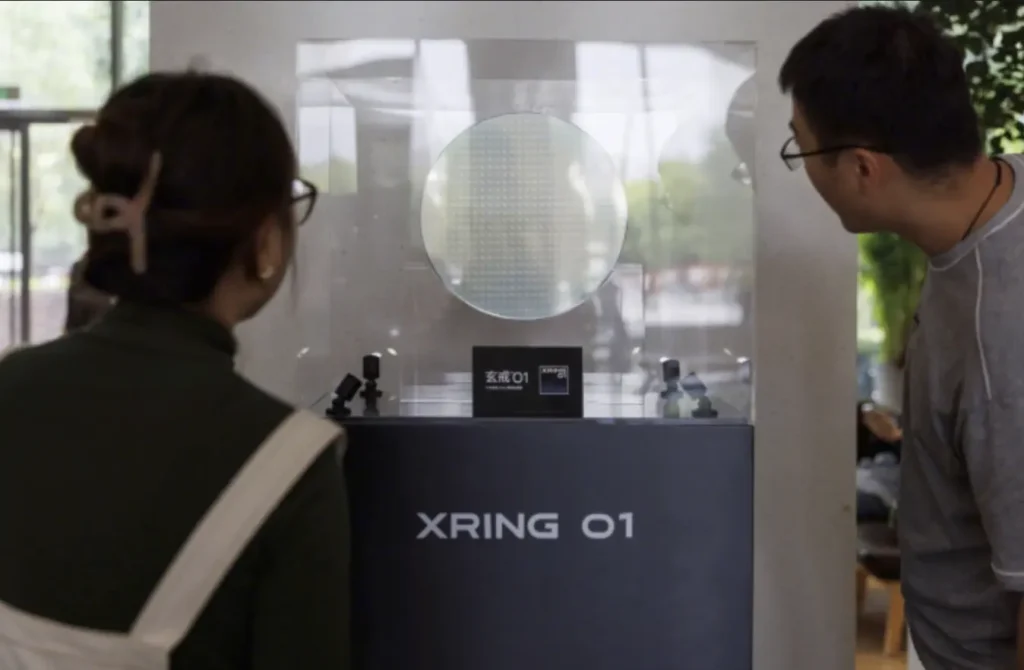
What This Means for Consumers
For Xiaomi enthusiasts outside of China, the XRING O1’s exclusivity presents a bittersweet scenario. On one hand, the development of an in-house chip underscores Xiaomi’s commitment to innovation and technological self-sufficiency. On the other, the limited availability restricts access to this cutting-edge technology, leaving international consumers reliant on Snapdragon chips for upcoming releases, such as the anticipated Xiaomi 16 series, likely to feature the Snapdragon 8 Elite 2.
Moreover, Xiaomi’s strategy may have long-term implications. If the XRING O1 proves successful in China, it could pave the way for broader global adoption in future devices. However, the chip’s real-world performance, energy efficiency, and compatibility with Xiaomi’s HyperOS software will be crucial in determining its competitiveness against established players.
Conclusion
The XRING O1’s launch positions Xiaomi as a serious contender in the competitive mobile chip market, but its exclusivity in China creates barriers for global consumers. Simultaneously, the extended partnership with Qualcomm ensures that Xiaomi will maintain a robust presence in international markets with Snapdragon-powered devices. As Xiaomi navigates its ambitious path toward technological independence, global fans must wait to see if the XRING O1 will eventually reach their hands or if they will have to settle for the reliable, albeit less innovative, Qualcomm solutions. Ultimately, Xiaomi’s strategy appears to be a delicate balance between proprietary innovation and strategic partnerships, as it seeks to compete with tech giants in an increasingly challenging global landscape.
Xiaomi XRING O1 exclusivity
The article discusses the implications of the Xiaomi XRING O1’s exclusivity in China and its impact on global consumers.
Tags: Xiaomi, XRING O1, Snapdragon, Qualcomm, Xiaomi 15S Pro, technology news
